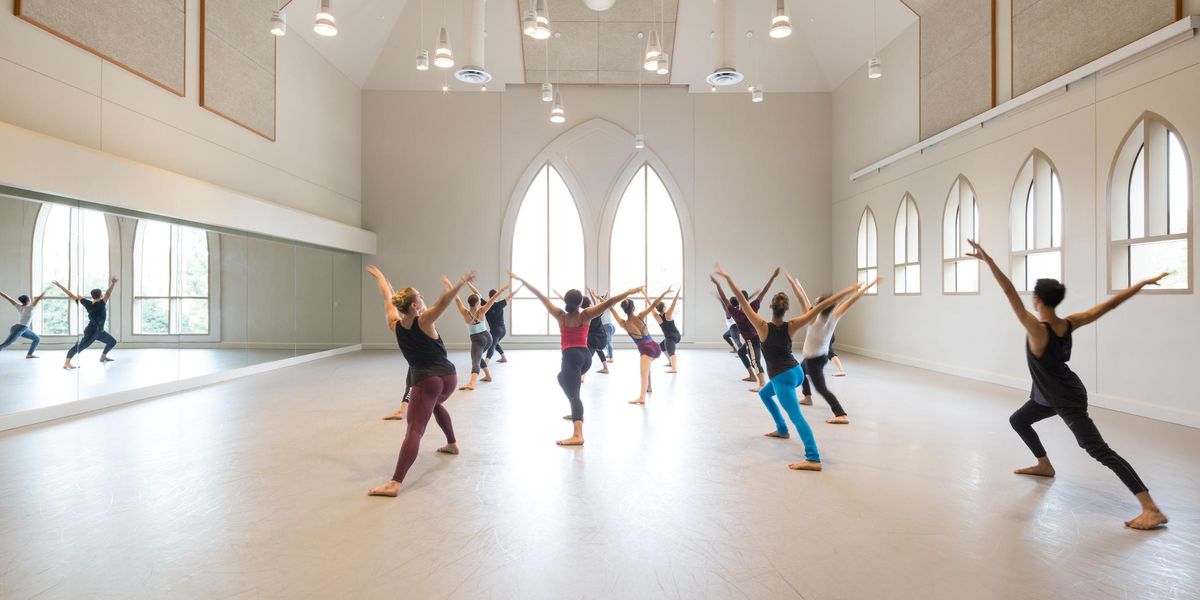National Ballet of Canada
Four Seasons Centre
Toronto, Canada
June 1–10, 2012
Performance reviewed: June 1
The tightly wrought, physically explosive solo that opens Kevin O’Day’s two-act Hamlet, given its North American premiere by the National Ballet of Canada, makes clear the title character is a tormented man. The source of the famous Danish prince’s inner turmoil is, however, less easy to figure out in a ballet that attempts somewhat indigestibly to blend straightforward narrative with often heavy-handed symbolism and a particular take on the story that’s not readily conveyed through dance.
Conventionally, Hamlet is understood to be a play about a man who can never quite bring himself to avenge his kingly father’s murder. In commenting about a work he originally made for Stuttgart Ballet in 2008, O’Day, who carefully bills his ballet as being “after Shakespeare,” says he was fascinated by the way a son, in his view, can never escape the influence of his father. From this perspective, the contemplative Hamlet knows he can never live up to his warrior father’s expectations and is not so much paralyzed with neurotic indecision as torn between doing his filial duty and the desire to assert his autonomy.
Stephanie Hutchison and Heather Ogden.
Photo by Cylla von Tiedemann, Courtesy NBC.
But, as the motifs of trabecular bone that designer Tatyana van Walsum variously deploys in her grimly austere box set signal, Hamlet cannot escape his genetic burden. In fact, judging by the way characters waft in and out or hover in the margins—murkily in Mark Stanley’s fashionably gloomy lighting—you begin to wonder if we’re supposed to be viewing “real” events or some nightmarish fantasy in Hamlet’s head.
Still, so far as storytelling goes, and allowing for such necessary tweaks as turning the play’s troupe of actors into itinerant dancers, O’Day remains surprisingly faithful to Shakespeare. He is clever in making the Hamlet-Ophelia relationship a reasonable enough pretext for the ballet’s only truly romantic pas de deux. Otherwise, the women get less than tenderly handled in their encounters with the libidinous men folk who whirl and up-end them this way and that in testosterone overdrive.
Yet, like so many flawed ballets, strongly committed performances can compensate for a litany of shortcomings, and the National Ballet’s opening-night cast dug into O’Day’s hyper-physical choreography with a relish, informing its mix of jagged-edged classicism and loose-limbed contemporary dance with compelling energy and intensity.
Guillaume Côté, opening night’s Hamlet, was the personification of a tortured soul, making his solos their own eloquent equivalents of the spoken Hamlet’s soliloquies.
Guillaume Côté with Artists of the Ballet. Photo by Vincent von Tiedemann, Courtesy NBC.
Heather Ogden, despite an unflattering costume, captured Ophelia’s sincerity and vulnerability; her mad scene, complete with vocals, was heart rending. Jirí Jelinek as Hamlet’s murderous uncle, Claudius, swaggered and smouldered. Stephanie Hutchison as Gertrude, though shamelessly besotted with Claudius—former brother-in-law, now husband—nevertheless managed to convey her maternal concern for the erratically disturbed Hamlet.
Meanwhile, American composer John King’s score, mixing brassy and heavily percussive jazz-inflected music, played live with computer-generated effects, provided a suitably grating soundscape for O’Day’s macabre portrait of a man caught in a genetic web of family dysfunction.
Pictured at top: Heather Ogden and Guillaume Côté. Photo by Cylla von Tiedemann, Courtesy NBC.




